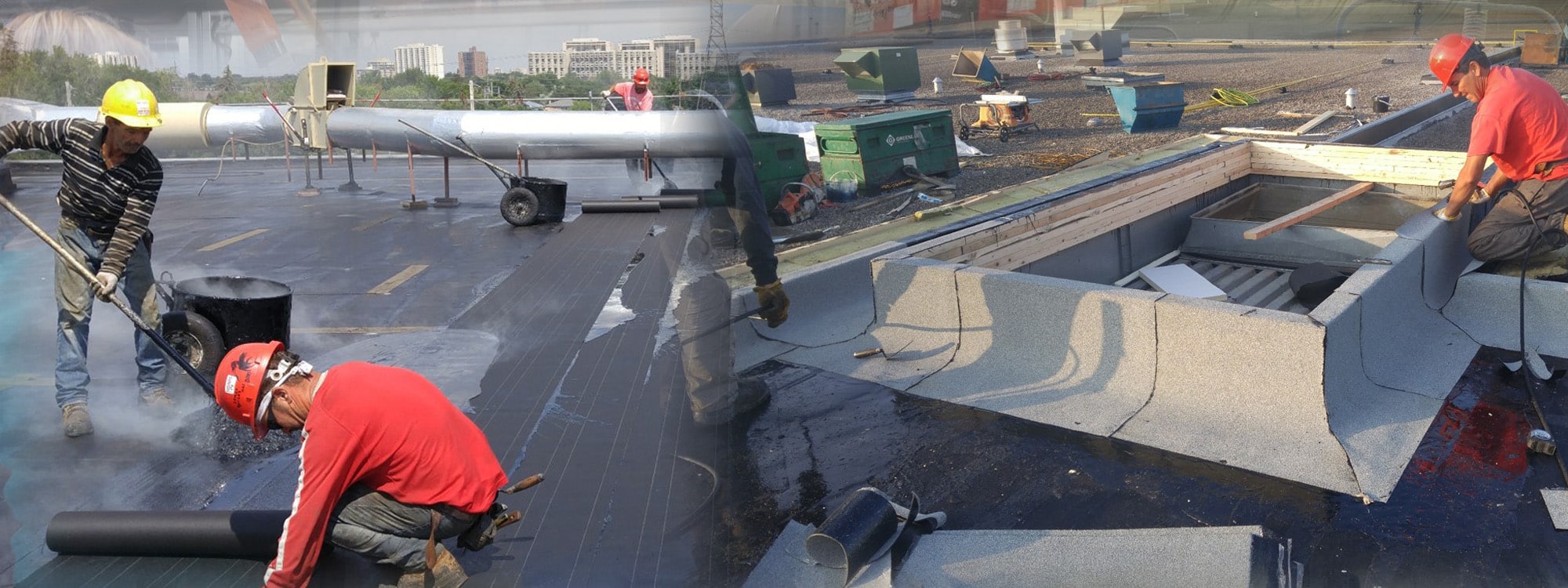SMART roofers are skilled tradespeople who install a waterproof membrane on buildings that have either a flat or sloped deck consisting of wood, steel, or concrete. They specialize in residential, industrial, commercial, and industrial roofing. The systems are conventional tar and gravel, two-ply SBS, inverted roofing systems, EPDM, and single-ply PVC. The most used roofing product is a layer of asphalt paper embedded in hot asphalt up to four times over a layer or layers of rigid board insulation, which in turn is covered with a ballast called pea gravel that is also embedded in hot asphalt. It is also common to use a simple ply rubber membrane that is laid over rigid board insulation or to use rolls of modified bitumen paper applied by using a propane torch and melting the product over a flat surface.
Green roofing is now populating the skyline. Builders are installing green roofs on their projects not just because they are visually appealing, but to help reduce greenhouse gases and to improve air quality. As the government looks to reduce emissions and retrofit buildings, the roofing sector will continue to thrive. It is also common to use a simple ply rubber membrane that is laid over rigid board insulation or to use rolls of modified bitumen paper applied by using a propane torch and melting the product over a flat surface.
Most crews in the Industrial Commercial and Institutional (ICI) roofing industry consist of five to eight workers that include a foreperson, two journeypersons, and the remainder of the crew consists of material handlers and apprentices. Roofers use many types of equipment to perform their work including overhead hoists, bobcats, asphalt kettles and conveyor belts. Strength, agility, and a willingness to work in extreme weather conditions are characteristics of the average roofer. Knowledge of the various types of roofing systems is also essential to a successful career in roofing.
